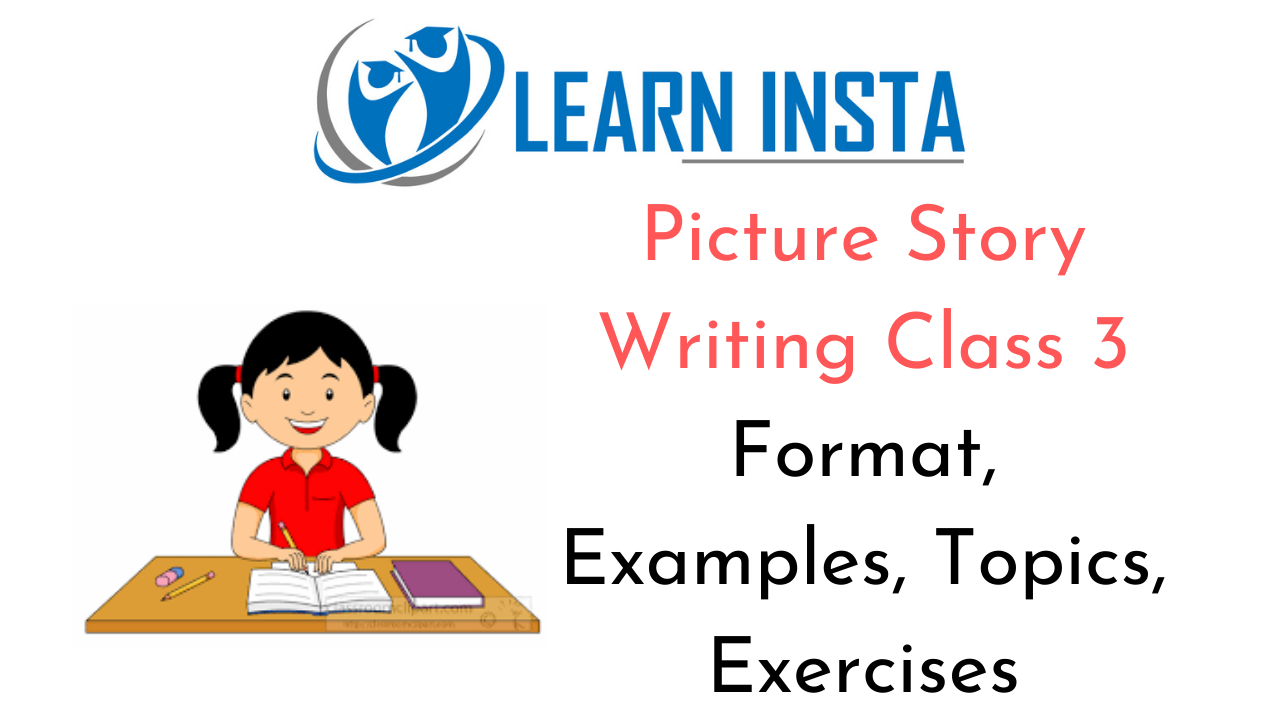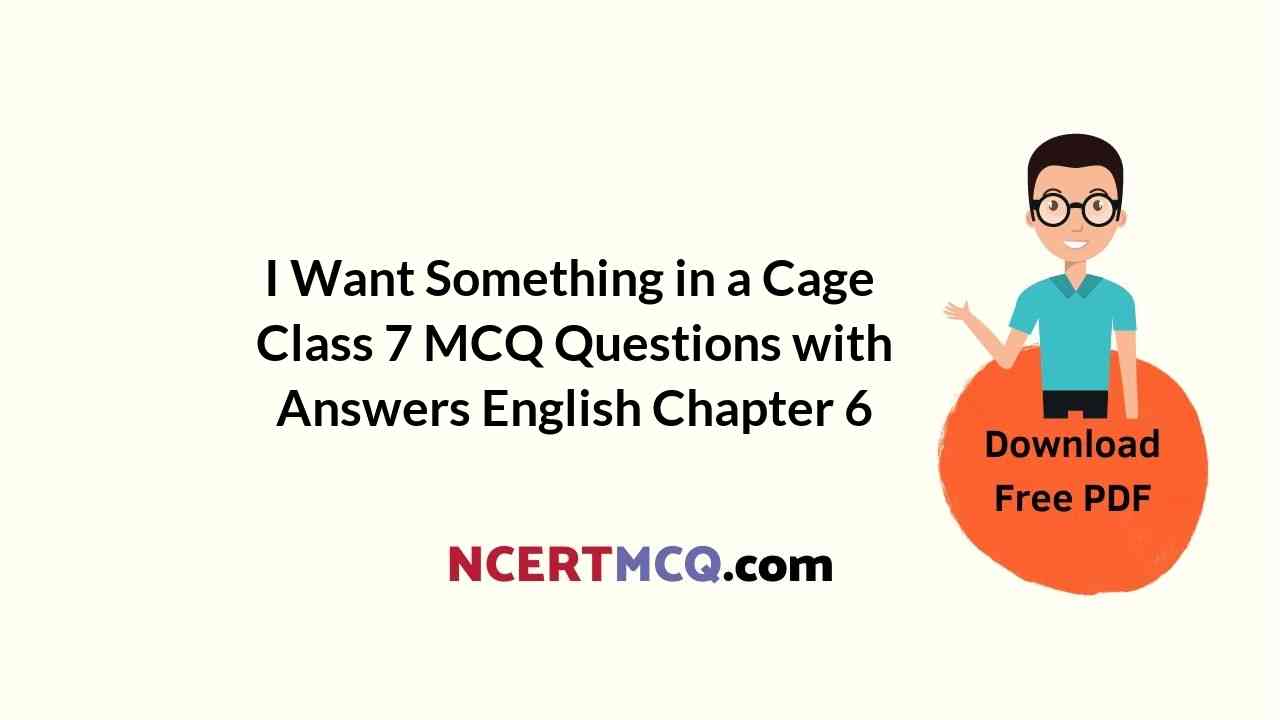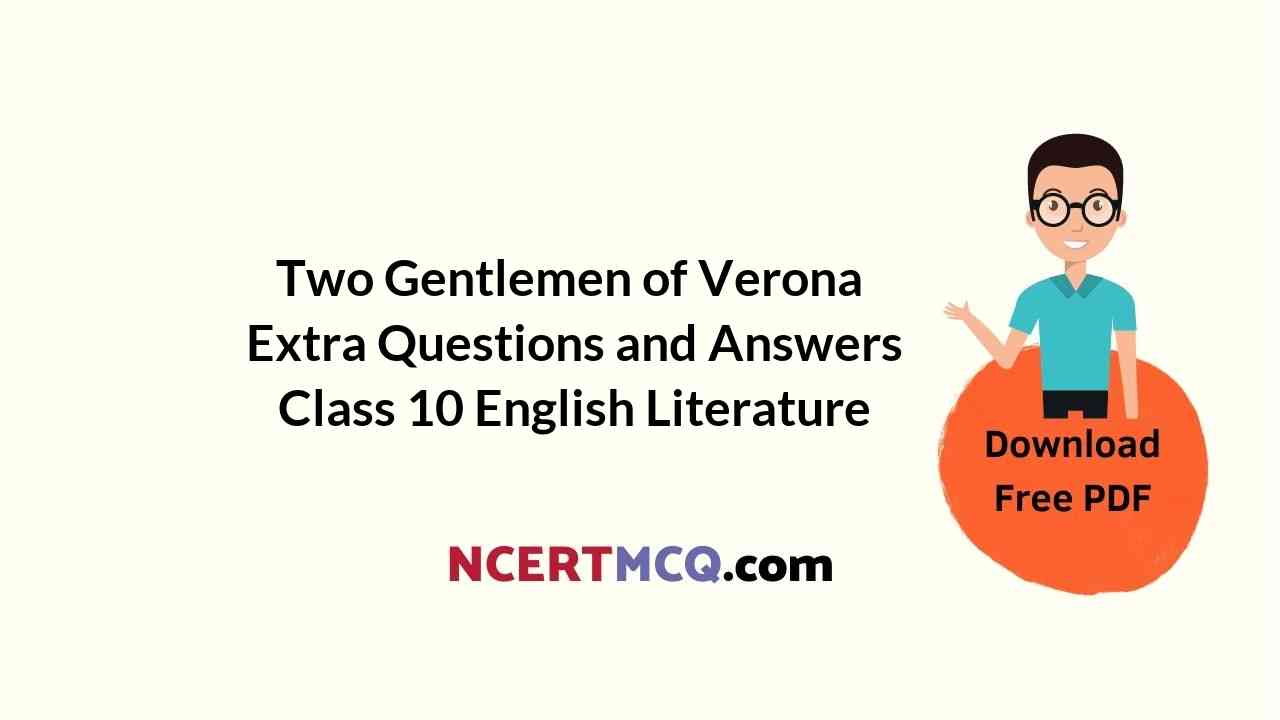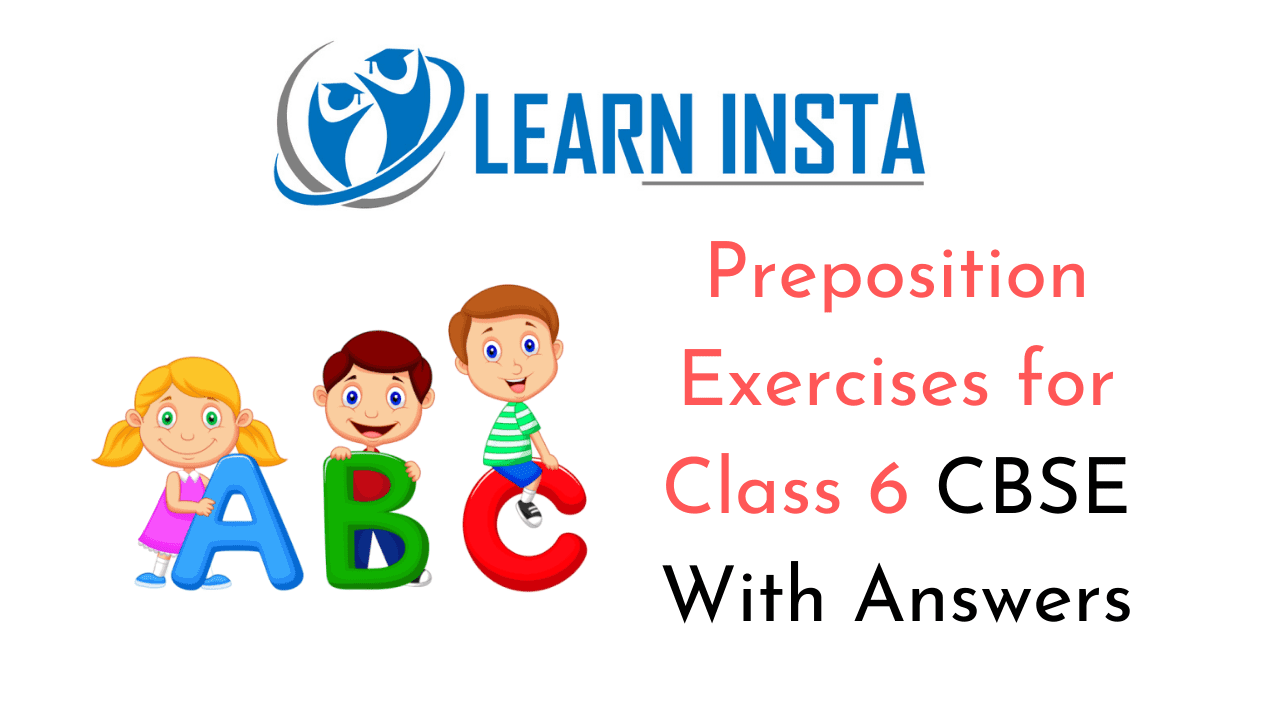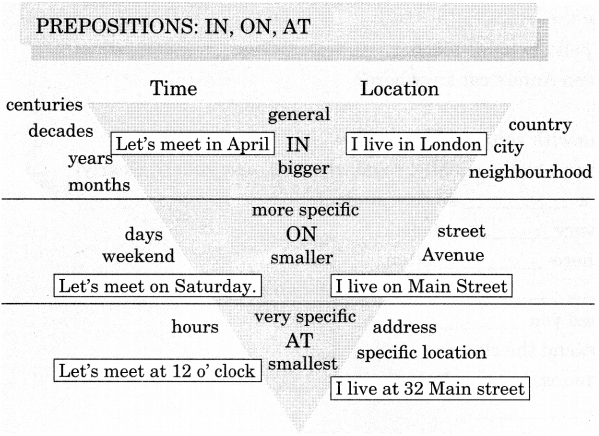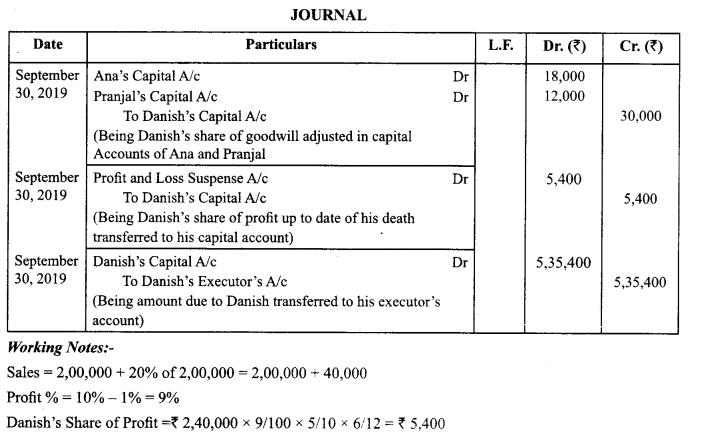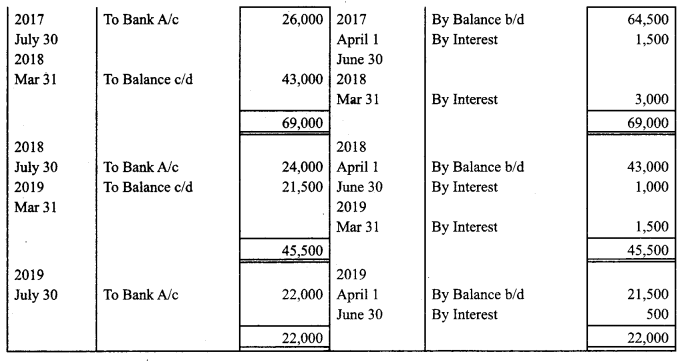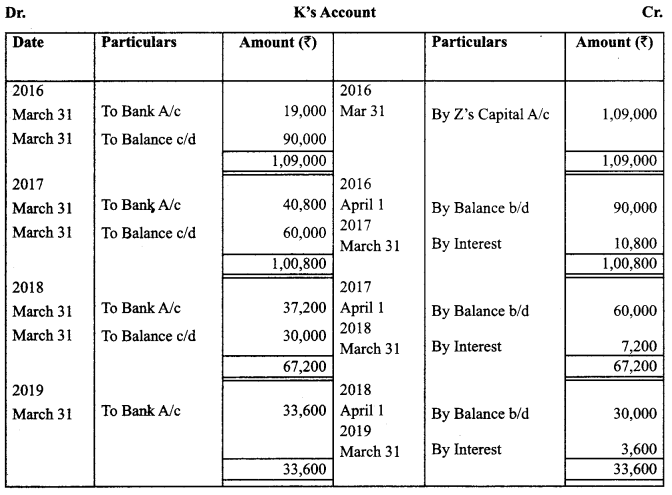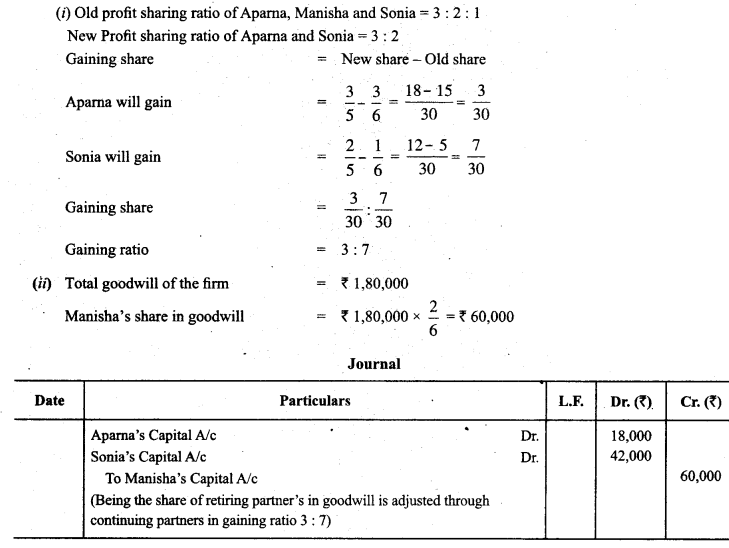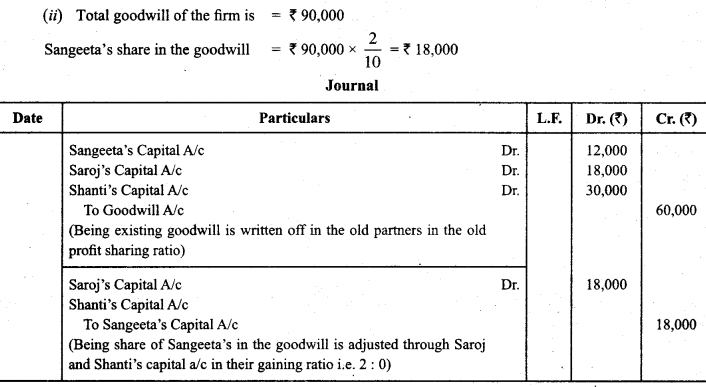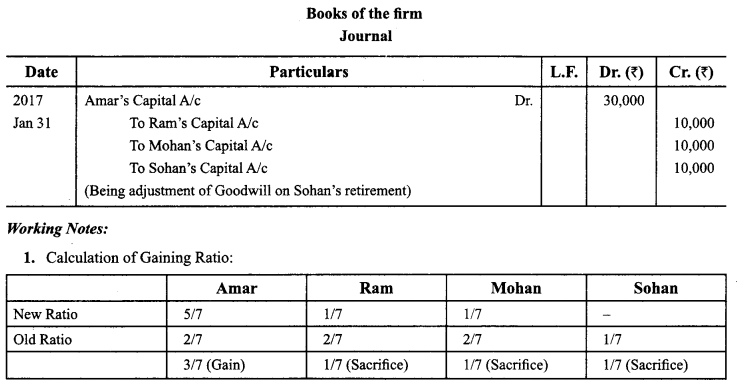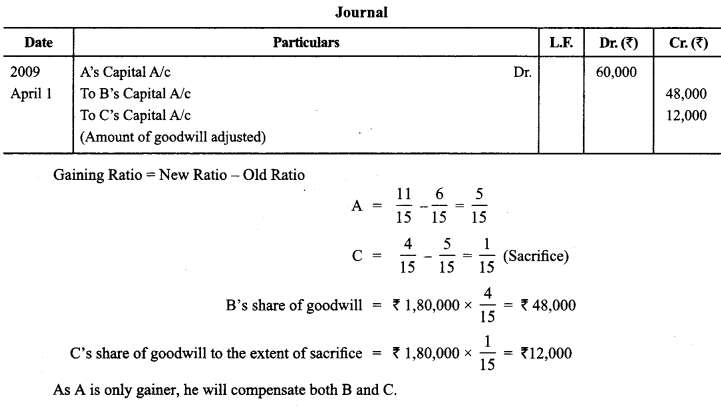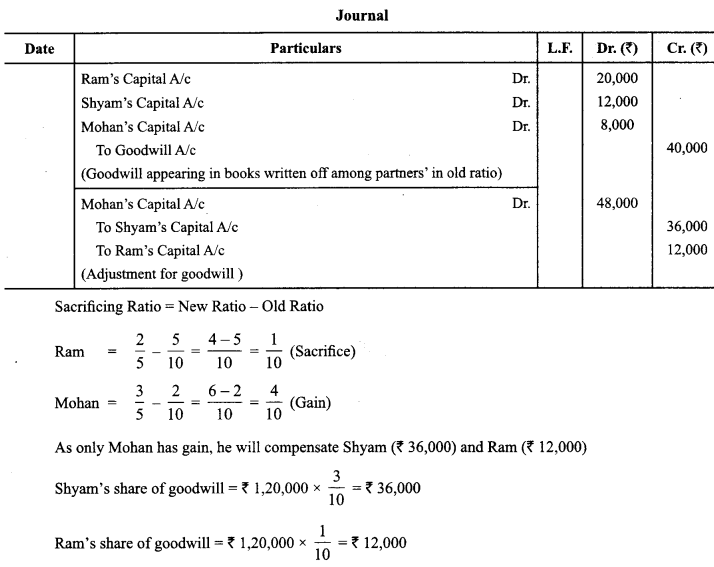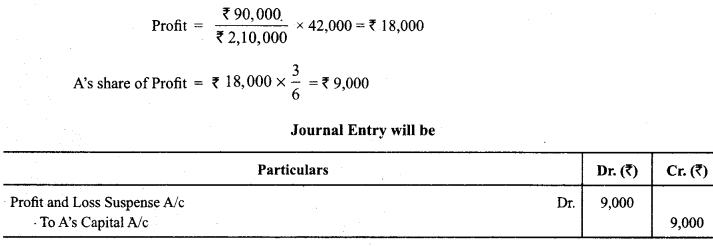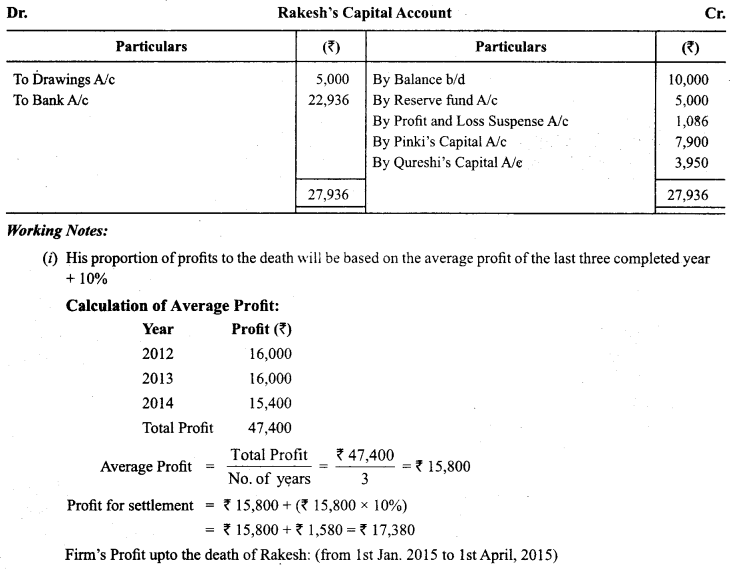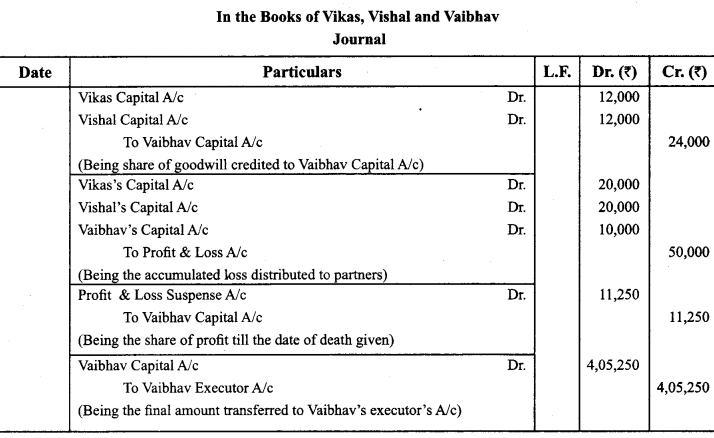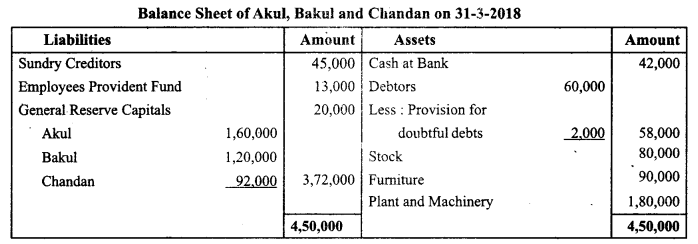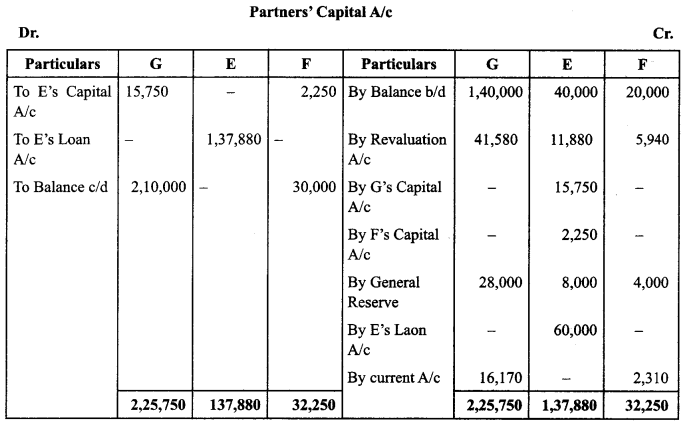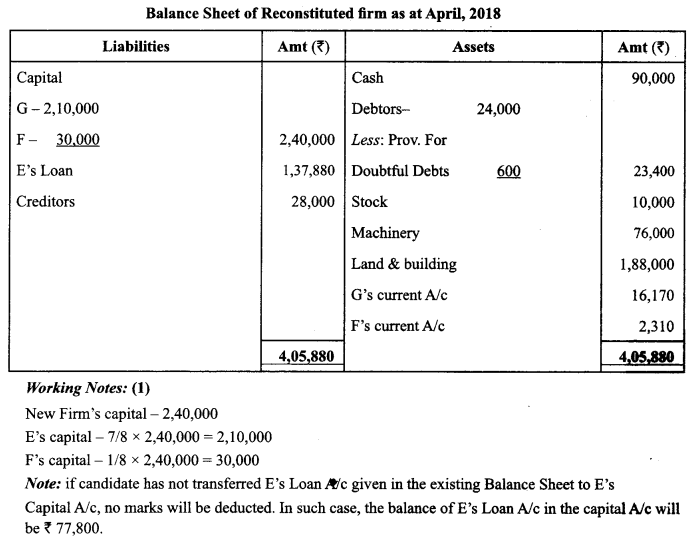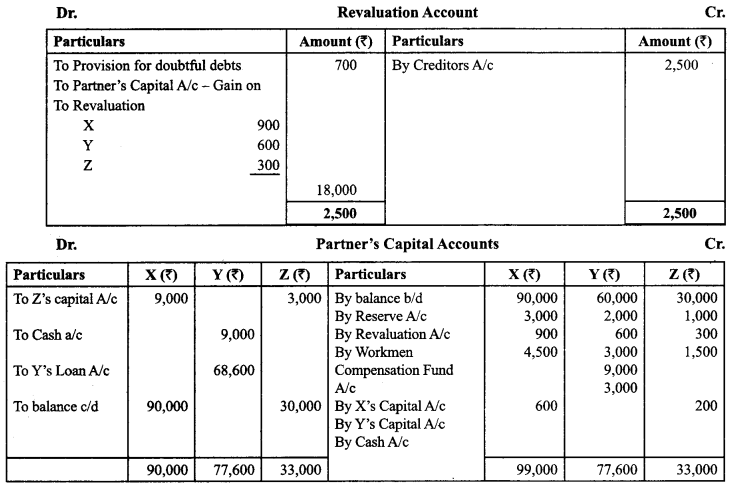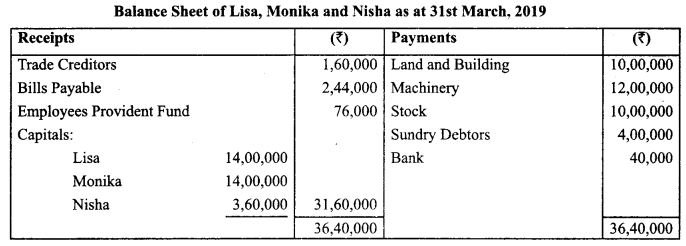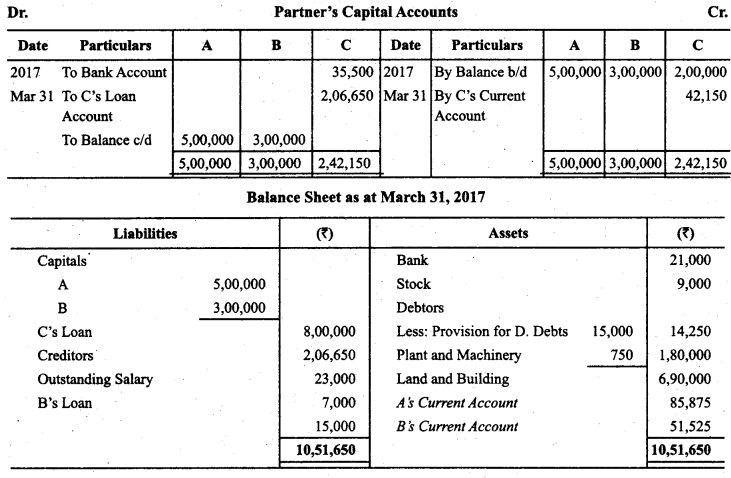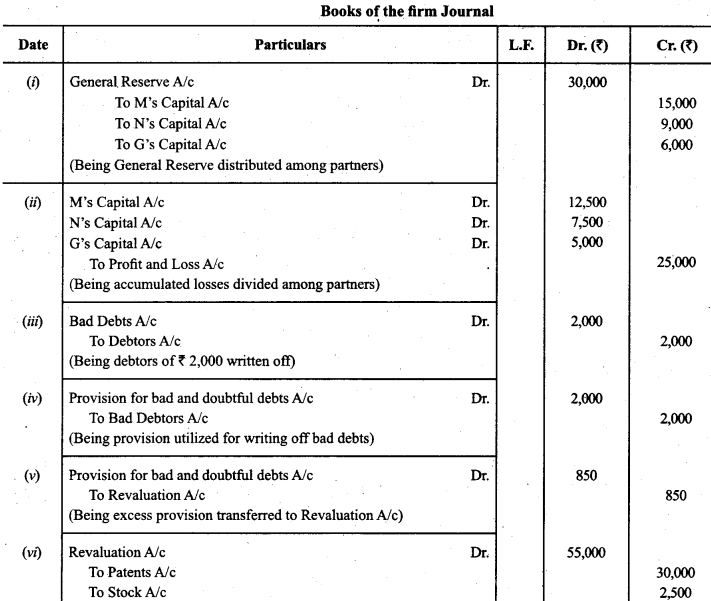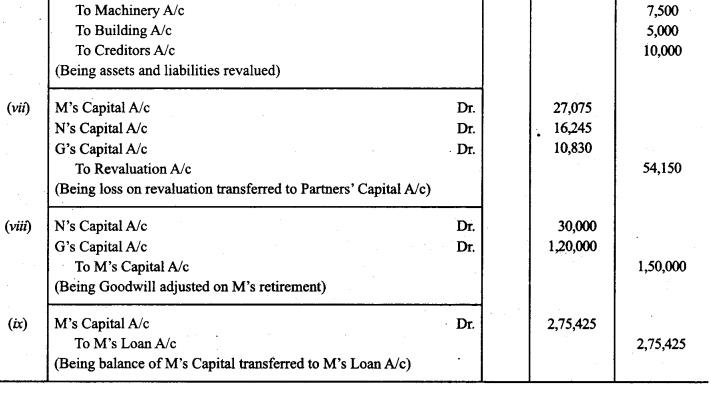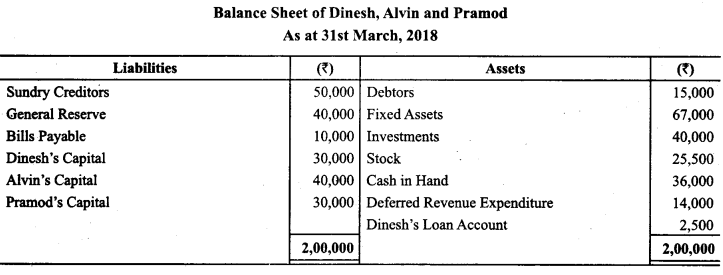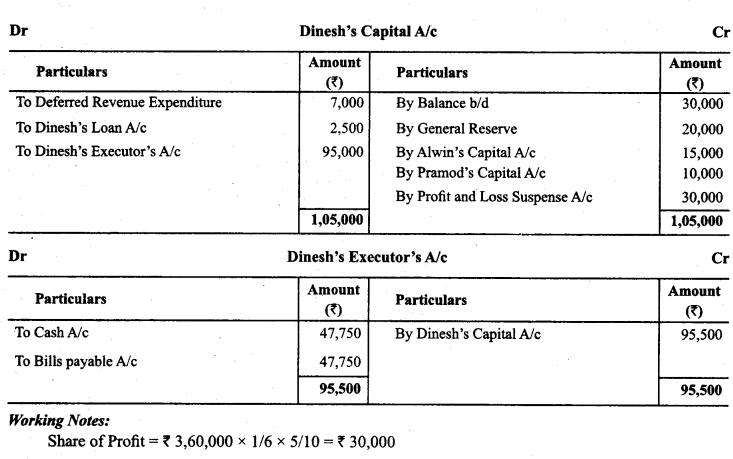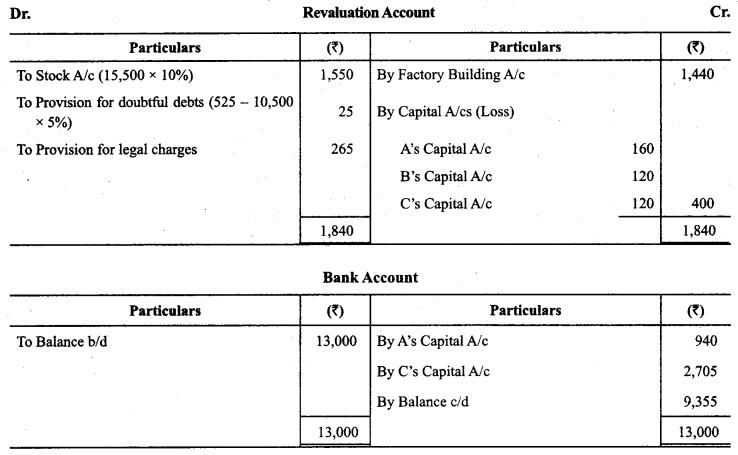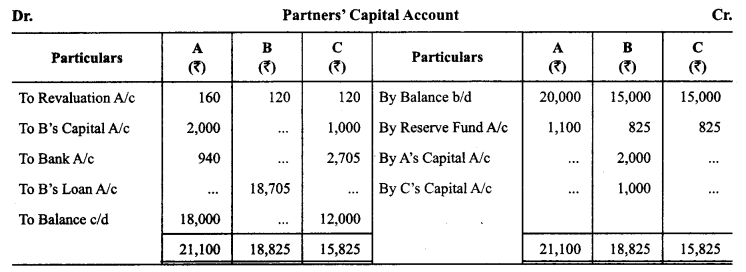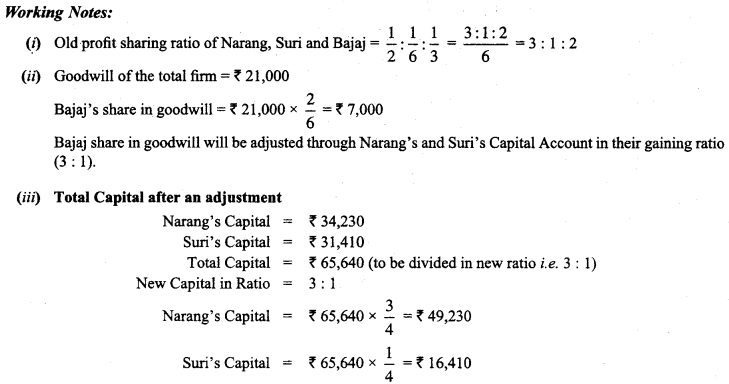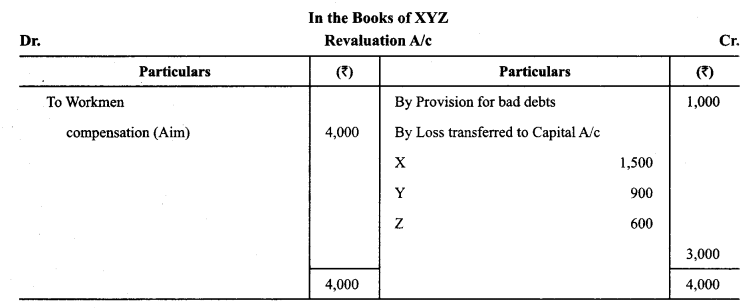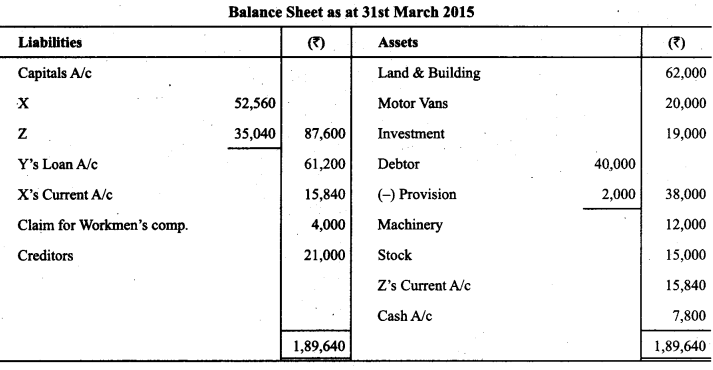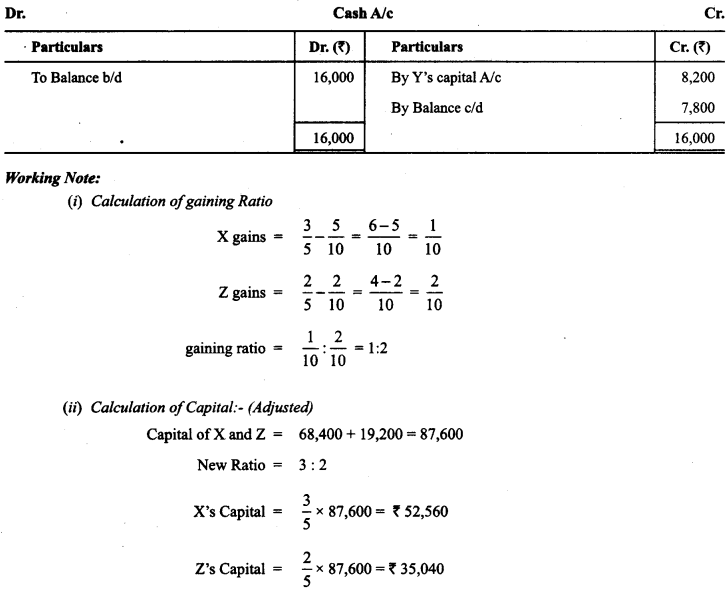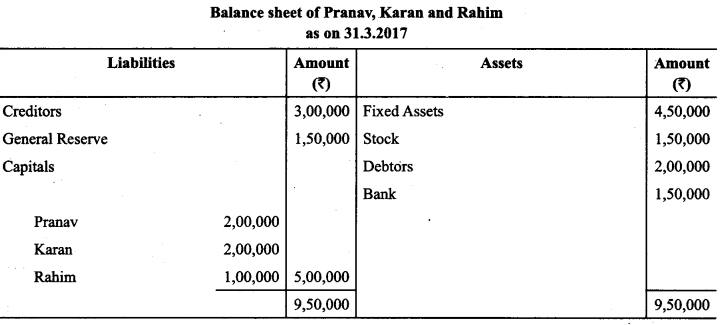Check the below Online Education NCERT MCQ Questions for Class 6 English Honeysuckle Chapter 10 The Banyan Tree with Answers Pdf free download. MCQ Questions for Class 6 English with Answers were prepared based on the latest exam pattern. We have provided The Banyan Tree Class 6 English MCQs Questions with Answers to help students understand the concept very well.
Online Education MCQ Questions for Class 6 English Honeysuckle Chapter 10 The Banyan Tree with Answers
The Banyan Tree Class 6 MCQ Chapter 10 Question 1.
The banyan tree was
(a) cut by the wood merchant
(b) sixty five years old
(c) as old as Dehra Dun itself
(d) a hundred years old
Answer
(c) as old as Dehra Dun itself
The Banyan Tree MCQ Class 6 Chapter 10 Question 2.
The narrator used to
(a) climb it twice a day
(b) spy on the world below
(c) worship it
(d) sit on the tree to eat food
Answer
(b) spy on the world below
The Banyan Tree Was MCQ Class 6 Chapter 10 Question 3.
The squirrel had found a friend
(a) in the boy
(b) who lived in its branches
(c) because the boy was harmless
(d) to support it
Answer
(a) in the boy
Class 6 English Chapter 10 MCQ Question 4.
The tree was the noisiest place as
(a) the boy sang loudly
(b) the myna and the crow hawked
(c) the birds flocked in its branches
(d) the bees murmured loudly
Answer
(c) the birds flocked in its branches
Banyan Tree MCQ Class 6 Chapter 10 Question 5.
The banyan tree served as
(a) a resting place
(b) a reading room
(c) a thing of beauty
(d) a shady haunt
Answer
(b) a reading room
The Banyan Tree MCQ Questions Class 6 Chapter 10 Question 6.
One afternoon was a strange one as
(a) the wood merchant started
(b) there was a fight between a cobra and axing it a mongoose
(c) the boy fell down and a mongooseand a mongoose
(d) there was no fight between a cobra
Answer
(b) there was a fight between a cobra and axing it a mongoose
The Banyan Tree Was The Noisiest Place As Class 6 Chapter 10 Question 7.
Coming out from behind the cactus was
(a) a fairy
(b) my dear friend
(c) a big black cobra
(d) a white liquid
Answer
(c) a big black cobra
MCQ Of The Banyan Tree Class 6 Chapter 10 Question 8.
The battle of champions took place
(a) on the stage
(b) beneath the banyan tree
(c) on the tree
(d) in the wrestling ring
Answer
(b) beneath the banyan tree
The Banyan Tree Was The Speaker Because Class 6 Chapter 10 Question 9.
The presence crow and myna show that
(a) They were ideal
(b) they are interest in the proceedings
(c) they were free
(d) wanted to take part in the proceedings
Answer
Answer: (d) wanted to take part in the proceedings
The Banyan Tree MCQs Class 6 Chapter 10 Question 10.
The fight was between were
(a) the grandfather and a boy
(b) the mongoose and the cobra
(c) a myna and a crow
(d) the crow and the cobra
Answer
Answer: (b) the mongoose and the cobra
Question 11.
The banyan tree was
(a) a tree house
(b) sixty five years old
(c) as old as Dehra Dun itself
(d) a hundred years old
Answer
Answer: (c) as old as Dehra Dun itself
Question 12.
The narrator used to
(a) climb it twice a day
(b) read on the tree
(c) worship it
(d) sit on the tree to eat food
Answer
Answer: (b) read on the tree
Question 13.
The squirrel befriended the boy
(a) the boy has toys
(b) who lived in its branches
(c) because the boy was harmless
(d) to support it
Answer
Answer: (a) the boy has toys
Question 14.
The tree was the noisiest place in the fig season because
(a) the boy sang loudly
(b) the myna and the crow hawked
(c) the birds flocked in its branches
(d) the bees murmured loudly
Answer
Answer: (c) the birds flocked in its branches
Question 15.
The tree was a favourite place as
(a) a resting place
(b) a reading room
(c) a thing of beauty
(d) a shady haunt
Answer
Answer: (b) a reading room
Question 16.
One afternoon was a strange one as
(a) the wood merchant started axing it
(b) there was a fight between a cobra and a mongoose
(c) the boy fell down
(d) there was no fight between a cobra and a mongoose
Answer
Answer: (b) there was a fight between a cobra and a mongoose
Question 17.
Behind the cactus came out
(a) a fairy
(b) my dear friend
(c) a big black cobra
(d) a white liquid
Answer
Answer: (c) a big black cobra
Question 18.
The place where the fight Was carried out was
(a) on the stage
(b) beneath the banyan tree
(c) on the tree
(d) in the wrestling ring
Answer
Answer: (b) beneath the banyan tree
Question 19.
Word search
Cheerful, Collide, Combatants, Mangoose, Sniffing, Squabbling, Squirrels, Unwinking, Venomous.

Answer
Answer:

Question 20.
Crisscross Puzzle

Across
7. Those who watch a show
8. Outcome
9. Participants
10. The nosed month of an animal
Down
1. Dislike
2. Sound made by a snake
3. Extremely beautiful
4. Long, sharp teeth
5. Moving smoothly
6. Move quickly
Answer
Answer:
Across
7. Spectators
8. Result
9. Combatants
10. Shout
Down
1. Resent
2. Hiss
3. Gorgeous
4. Fangs
5. Gliding
6. Dart
(1)
Though the house and grounds belonged to my grandparents, the magnificent old banyan tree was mine-chiefly because Grandfather, at sixty-five, could no longer climb It.
Question 1.
The speaker of the passage is a/an
(a) child
(b) youngman
(c) middle aged man
(d) oldman
Answer
(a) child
Question 2.
The banyan tree was the speaker’s because
(a) he had paid for it
(b) he was the only one who spent his time on the tree
(c) he had planted it
(d) he looked after it
Answer
(b) he was the only one who spent his time on the tree
Question 3.
The speaker’s grandfather was at that time
(a) dead
(b) young
(c) old
(d) middle-aged
Answer
(c) old
Question 4.
A magnificent tree is supposed to be
(a) small
(b) mid-sized
(c) tall
(d) very tall
Answer
(d) very tall
Question 5.
The verb form of ‘magnificent’ is
(a) magnify
(b) magnitude
(c) magnifier
(d) magnum
Answer
(a) magnify
(2)
In the spring, when the banyan tree was full of small red figs. birds of all kinds would flock Into its branches: the red-bottomed bulbul. cheerful and greedy: parrots, myna and crows squabbling with one another. During the fig season, the banyan tree was the noisiest place in the garden.
Question 1.
The passage has been taken from the lesson
(a) Taro’s Reward
(b) Who I Am
(c) Fair Play
(d) The Banyan Tree
Answer
(d) The Banyan Tree
Question 2.
The author of the passage is
(a) RN. Tagore
(b) Ruskin Band
(c) E.V. Lucas
(d) Caro Moore
Answer
(b) Ruskin Band
Question 3.
In the spring season, a tree is
(a) at its best
(b) at Its worst
(c) with leaves fallen
(d) div and withered
Answer
(a) at its best
Question 4.
The fig season is the noisiest place because of
(a) the spring season
(b) the speaker
(c) the birds
(d) the people
Answer
(c) the birds
Question 5.
‘Greedy’is
(a) noun
(c) adjective
(b) verb
(d) adverb
Answer
(c) adjective
(3)
In a clearing beneath the banyan tree. In bright sunshine, they came face to face. The cobra knew only too well that the grey mongoose, three feet long, was a superb fighter. clever and aggressive. But the cobra, too, was a skilful and experienced fighter.
Question 1.
They’ In the passage stands for
(a) persons
(b) the speaker and a boy
(c) a cobra and a mongoose
(d) some animals
Answer
(c) a cobra and a mongoose
Question 2.
The cobra knew that mongoose was
(a) poisonous
(b) weak
(c) strong
(d) a fighter
Answer
(d) a fighter
Question 3.
The fight was being watched by
(a) two birds also
(b) a cow
(c) only the narrator
(d) many persons
Answer
(a) two birds also
Question 4.
Human beings are afraid of
(a) mongoose
(b) cobra
(c) both-the cobra and the mongoose
(d) neither
Answer
(b) cobra
Question 5.
The noun form of ‘aggressive’ Is
(a) aggress
(b) aggression
(c) aggrieved
(d) aggro
Answer
(b) aggression
(4)
Though the combatants were unaware of my presence In the tree, they were soon made aware of the arrival of two other spectators. One was a myna, the other a jungle crow. They had seen these preparations for battle, and had settled on the cactus to watch the outcome.
Question 1.
The combatants were
(a) the narrator and a boy
(b) the mongoose and the cobra
(c) a myna and a crow
(d) the crow and the cobra
Answer
(b) the mongoose and the cobra
Question 2.
The combatants were unaware of the presence of
(a) the crow
(b) the myna
(c) the narrator
(d) a squirrel
Answer
(c) the narrator
Question 3.
The myna was
(a) able to see the outcome
(b) unable to see the outcome
(c) killed in the battle
(d) able to kill the snake
Answer
(a) able to see the outcome
Question 4.
The crow was
(a) able to see the outcome
(b) unable to see the outcome
(c) killed In the battle
(d) able to kill the snake
Answer
(c) killed In the battle
Question 5.
The word ‘unaware’ is
(a) noun
(b) verb
(c) adjective
(d) adverb
Answer
(c) adjective
(5)
The myna flew on and reached its perch, but the crow tiled to pull up In mid-air and turn back. In the second that it took the bird to do this the cobra whipped his head back and struck with great force, his snout thudding against the crow’s body.
Question 1.
The crow and myna
(a) were Just flying
(b) were quietly watching the proceedings
(c) were quarreling with each other
(d) wanted to take part in the proceedings
Answer
(d) wanted to take part in the proceedings
Question 2.
The two birds
(a) collided In mid air
(b) quarreled
(c) reached their perches
(d) died
Answer
(a) collided In mid air
Question 3.
The crow
(a) was killed by the mongoose
(b) was killed by the snake
(c) survived the battle
(d) killed the myna
Answer
(b) was killed by the snake
Question 4.
The passage has been taken from the lesson
(a) Fair Play
(b) A Game of Chance
(c) The Banyan Tree
(d) Desert Animals
Answer
(c) The Banyan Tree
Question 5.
Back is
(a) noun
(b) verb
(c) adjective
(d) adverb
Answer
(d) adverb
We are providing NCERT MCQ Questions for Class 6 English Honeysuckle Chapter 10 The Banyan Tree with Answers Pdf free download will help you. If you have any queries regarding CBSE Class 6 English The Banyan Tree MCQs Multiple Choice Questions with Answers, drop a comment below and we will get back to you soon.

